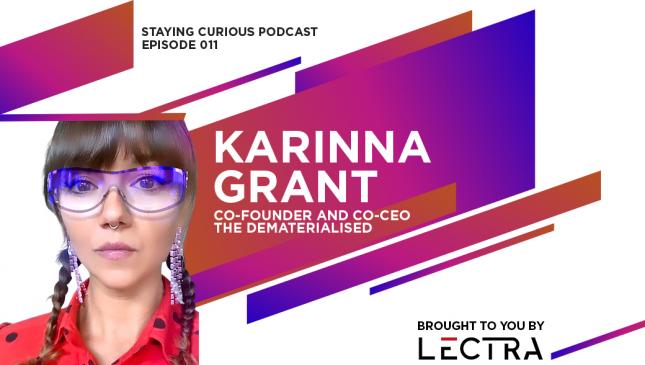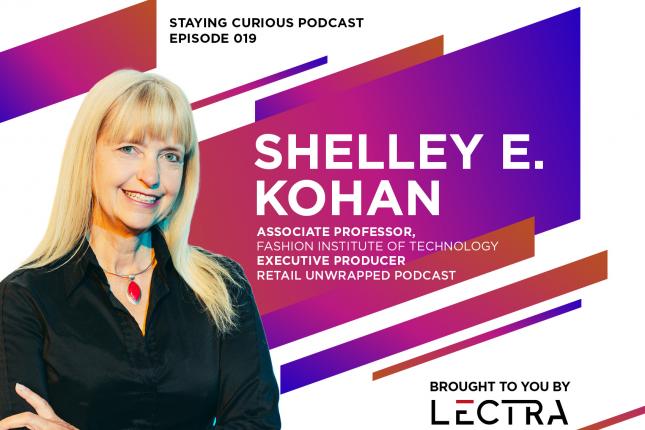Karinna Grant
To discover more about the rise of the digital fashion industry, follow Karinna:
Website | LinkedIn | Twitter | Instagram
NFTs and the Web3 fashion space
Karinna Grant sees NFT’s (non-fungible tokens) as important to the future of both the physical and digital fashion industry.
Positioned as a “win-win” for everyone thanks to the shared revenue and benefits afforded to creators, collectors, and retailers—NFTs and blockchain technology are fueling the digital fashion space.
In proving this concept, Karinna self-funded a world-first circular economy concept store called A HOT SECOND, and co-founded an experiential marketplace for virtual goods called, THE DEMATERIALISED.
In both concepts, Karinna helped curate opportunities for authenticated virtual fashion goods, and worked to provide consumers with a digital fashion experience.
Part of the benefit these platforms provide is their ability to help ease the process for consumers of getting virtual goods and making this process as enjoyable as possible. To this effect, all the collections sold on THE DEMATERIALISED platform have sold out within minutes, and many designers have started to prioritize contributions to this space.
The future of virtual goods
An important pitch for this digital fashion experience is being able to offset some parts of the fast fashion industry through a more immediate and less wasteful alternative of digital fashion. This plays right into the hands of those wanting the provenance and allure of a particular outfit, but not the cost or wait of obtaining a physical garment.
For those who are less concerned about the prestige of a particular garment, there are other uses such as the “virtual dressing rooms” or options for profile pictures on social media, or sue with personal avatars.
Unfortunately, some success in the digital fashion industry is stymied by the speed of technological progress—and some brands who are still new to the space are not perhaps executing the concept to a high standard.
And in other instances, progress is slow as adoption of the Metaverse or digital persona gains broader acceptance, or consumers really figure out how best to use and display these virtual goods.



